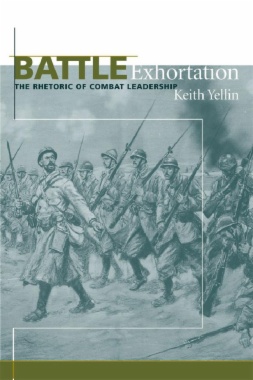In Black Utopias Jayna Brown takes up the concept of utopia as a way of exploring alternative states of being, doing, and imagining in Black culture. Musical, literary, and mystic practices become utopian enclaves in which Black people engage in modes of creative worldmaking. Brown explores the lives and work of Black women mystics Sojourner Truth and Rebecca Cox Jackson, musicians Alice Coltrane and Sun Ra, and the work of speculative fiction writers Samuel Delany and Octavia Butler as they decenter and destabilize the human, radically refusing liberal humanist ideas of subjectivity and species. Brown demonstrates that engaging in utopian practices Black subjects imagine and manifest new genres of existence and forms of collectivity. For Brown, utopia consists of those moments in the here and now when those excluded from the category human jump into other onto-epistemological realms. Black people—untethered from the hope of rights, recognition, or redress—celebrate themselves as elements in a cosmic effluvium.
- Cover
- Contents
- Acknowledgments
- Introduction
- PART I: ECSTASY
- 1. Along the Psychic Highway: Black Women Mystics and Utopias of the Ecstatic
- 2. Lovely Sky Boat: Alice Coltrane and the Metaphysics of Sound
- PART II: EVOLUTION
- 3. Our Place Is Among the Stars: Octavia E. Butler and the Preservation of Species
- 4. Speculative Life: Utopia Without the Human
- PART III: SENSE AND MATTER
- 5. In the Realm of the Senses: Heterotopias of Subjectivity, Desire, and Discourse
- 6. The Freedom Not to Be: Sun Ra’s Alternative Ontology
- Conclusion
- Notes
- Bibliography
- Index
- A
- B
- C
- D
- E
- F
- G
- H
- I
- J
- K
- L
- M
- N
- O
- P
- Q
- R
- S
- T
- U
- V
- W
- X
- Y

